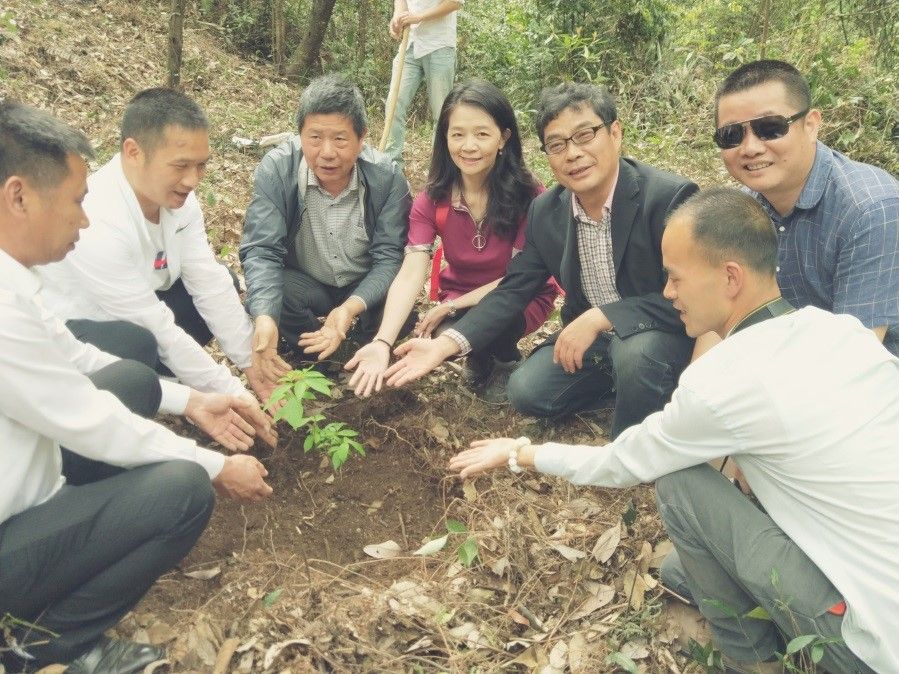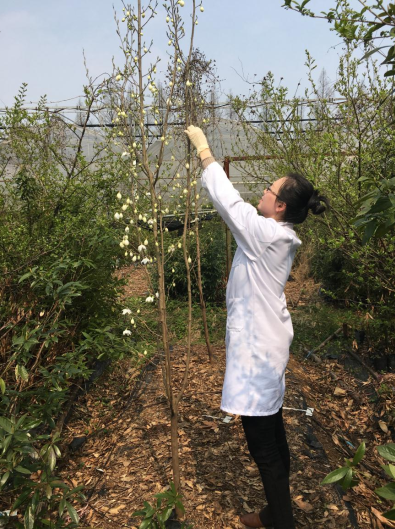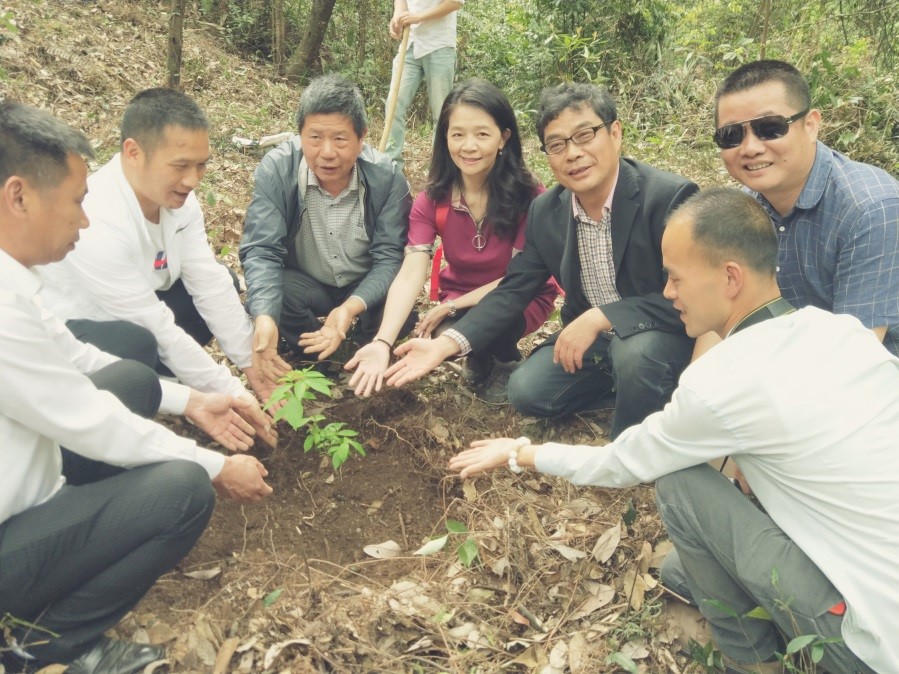Securing the future of Styrax zhejiangensis

-
Status of project
Completed -
Region
Asia -
Country
China -
Programme
Global Trees Campaign -
Workstream
Saving Plants -
Topic
Tree Conservation
Project completed
Conservation problem
Only 70 individuals of the important ornamental and medicinal Styrax zhejiangensis survive in the wild, due to habitat clearance for agriculture.
Project goal
Propagation research and horticultural training combined with replanting at a protected site aims to prevent S. zhejiangensis from going extinct in the wild.
Why this species?
Styrax zhejiangensis, a small tree endemic to Zhejiang province, is known from a single location with fewer than 70 individuals persisting in the wild. The tree has beautiful white flowers and is valued as an ornamental species. It is also used in traditional medicine to treat strokes and stomachache. S. zhejiangensis population has been declining as its forest home is being cleared for agriculture. Regeneration also appears to be naturally low. The species is assessed as Critically Endangered in the China Biodiversity Red List: Higher Plants Volume (2013).

What are we doing?
Working with local Chinese partners including Zhejiang University and Zhejiang Forestry Academy, we are carrying out botanical expeditions to confirm the species distributional range and population size. A tissue culture facility is being developed at Zhejiang Forestry Academy where propagation using S. zhejiangensis tissue will be investigated. We are also reintroducing the species at a protected forestry station. The combination of propagation activities with replanting into the wild will prevent this nationally Critically Endangered species from going extinct.
The main activities of this project include:
- Botanical surveys to determine the population size in the suspected species range.
- Improving techniques for propagation, including research into vegetative propagation and tissue cultures.
- Growing a large number of saplings that will be used for conservation collections as well as for population reinforcement activities, such as planting saplings into the wild.
- Training Chinese partners in reintroduction techniques.
- Development of resources for local communities and government to highlight the importance of conserving this species.
Key achievements
Approximately 130 saplings have been planted so far at Jiande forestry stations with a high survival rate of over 90%. Propagation trials from seed have also been initiated, with initial research finding that germination rates are very low. Research continues to identify the reason for this low regeneration. A training course on best practice reintroduction techniques was delivered to 70 participants including graduate students, local villagers and staff from nature reserves in Zhejiang province.

Contact details
For more information on this project, please contact globaltrees@bgci.org